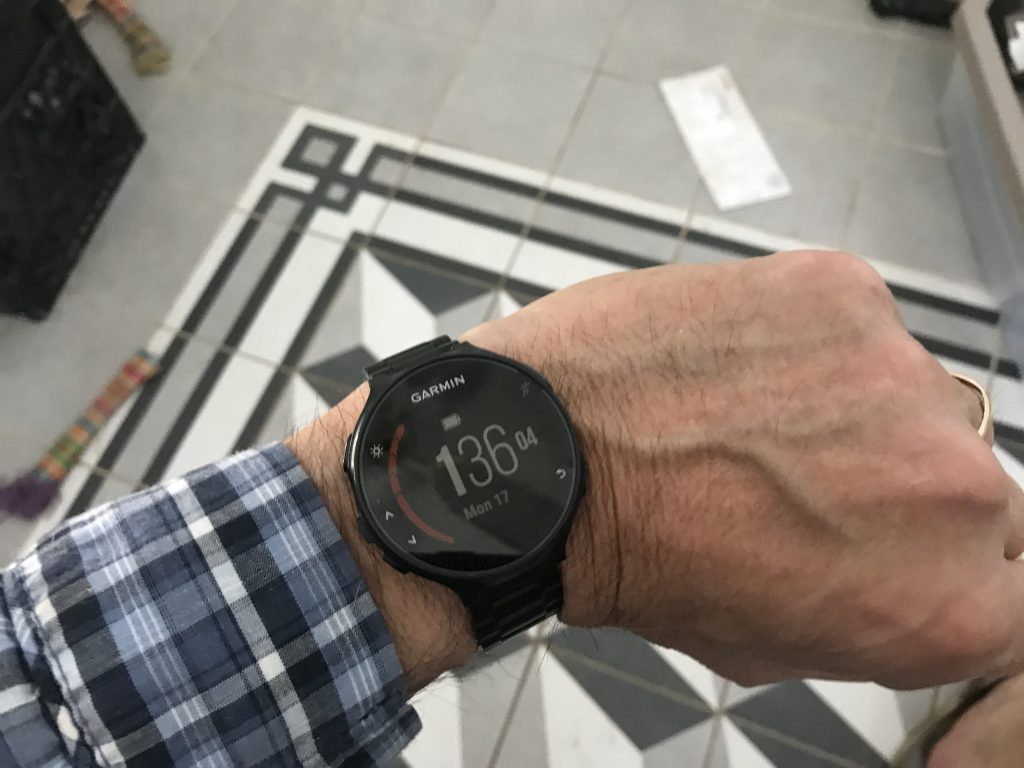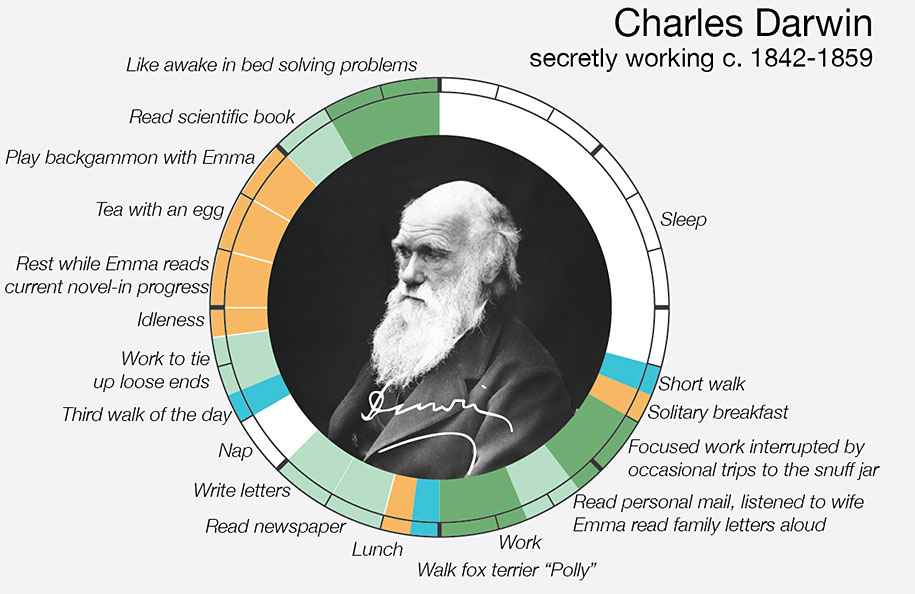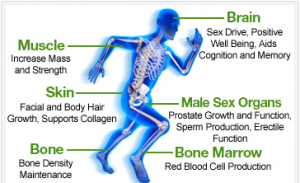by Kelly R. Smith
|

This article was updated on 10/27/20.
A high-quality running or sports watch is just as important than the health supplements I take. The Garmin Forerunner 235 is the third Garmin I’ve worn over the years and miles. My first one was the 310 XT. Nice watch but it was the early days of GPS and the thing was huge and orange. Not something to wear to work as your default timepiece.
My next one was the 220 which was an improvement in size, aesthetics, and functionality. When it bit the dust after years of loyal service I decided to up my game and buy a 235. It was a smart move.
Garmin Forerunner 235 Features
As I said, the 235 was definitely a step up for my running needs. Here are features that stand out for me.
- Very fast GPS acquisition. Whereas my 220 would average a minute to be GPS ready, the 235 typically takes 5 – 10 seconds. One less frustration in life, eh? Of course, these numbers will vary by location but the ratio should be about the same.
- Tracks distance, pace, time, and heart rate. The heart rate is picked up from the underside of the watch. No more bulky chest straps!
- Activity tracking records daily steps, distance, calories, and sleep patterns.
- When you are out of GPS sight you can still get your metrics. The built-in accelerometer records distance and pace data when you are running on an indoor track or treadmill. I can’t vouch for its accuracy but it feels to be at least within the realm of legit for my purposes.
- The ability to customize your data fields, and download watch faces, widgets, and applications.
- For those who spend all day at their desk, the watch has a red “move bar” on the left side of the face that will appear when you haven’t moved recently (see the image at the top of the page). A trip to the coffee bar and a short leg-stretching stroll will make the bar go away. This is a nice touch for those on a weight loss program; all those steps add up. And face it; too much butt-time is bad for your blood circulation among other things.
Computer Syncing and the Garmin Connect Website

The watch uses USB to your computer to sych data, download software updates and third-party apps, and charge the watch, which is fast enough to avoid frustration. After synching with Garmin Express (an app on your computer), one click will bring up the Garmin Connect site. The image above is a partial screenshot of the main landing page. The various blocks give an overview of the various data modules and the menu bar on the left allows drilling for down for details at a smaller degree of granularity.
There is no financial charge for displaying and storing your data; it comes with the purchace. The many charts and graphs are very detailed whether it’s sleep patterns, weight (which you enter manually), cumulative mileage on your shoes, and much, much more. Drilling down from the calendar will show workout details along with a detailed map of your course with street names, which is handy for repeating courses or planning a new one.
Third Party Apps
Garmin wisely has engineered their products to integrate easily with third-party applications. You might be surprised at the vast number available. This is a smart business model because the consumer can buy a basic watch which can be personalized to a degree that frankly, exceeds my expectations.
In my case, I added an app that is designed for walking/hiking. I walk my rescue dog, a Black Mouth Cur, 3-5 miles per day. Another one I installed is the 5 Bretlinge Models Classic watch face. It gives the look of a classic analog watch (suitable for work and dinner parties, ahem). I’m just old-school; I like the hands. But under the hood, it offers many other add-on fields. I added cumulative steps and heart rate so I don’t have to keep pressing that button every time I get curious.

All in all I give the Garmin Forerunner 235 GPS watch 4 out of 5 stars. It fits my purposes with possibilities left over. On occasion (twice in 2 years) the time has just gone off and shown something goofy. Going outdoors and syncing to GPS solved that but I can foresee situations where that would be an inconvenience.
Looking for more great content? Visit our main site I Can Fix Up My Home or our partner sites:
I offer article and blog-writing services. Interested? Contact me for a quote!
Did you find this article helpful? Thanks for supporting this free site with a small donation! We are reader-funded on a generosity basis, not a paywall.
Visit Kelly’s profile on Pinterest.
About the Author:
 Kelly R. Smith is an Air Force veteran and was a commercial carpenter for 20 years before returning to night school at the University of Houston where he earned a Bachelor’s Degree in Computer Science. After working at NASA for a few years, he went on to develop software for the transportation, financial, and energy-trading industries. He has been writing, in one capacity or another, since he could hold a pencil. As a freelance writer now, he specializes in producing articles and blog content for a variety of clients. His personal blog is at I Can Fix Up My Home Blog where he muses on many different topics.
Kelly R. Smith is an Air Force veteran and was a commercial carpenter for 20 years before returning to night school at the University of Houston where he earned a Bachelor’s Degree in Computer Science. After working at NASA for a few years, he went on to develop software for the transportation, financial, and energy-trading industries. He has been writing, in one capacity or another, since he could hold a pencil. As a freelance writer now, he specializes in producing articles and blog content for a variety of clients. His personal blog is at I Can Fix Up My Home Blog where he muses on many different topics.












 Kelly R. Smith is an Air Force veteran and was a commercial carpenter for 20 years before returning to night school at the University of Houston where he earned a Bachelor’s Degree in Computer Science. After working at NASA for a few years, he went on to develop software for the transportation, financial, and energy-trading industries. He has been writing, in one capacity or another, since he could hold a pencil. As a freelance writer now, he specializes in producing articles and blog content for a variety of clients. His personal blog is at
Kelly R. Smith is an Air Force veteran and was a commercial carpenter for 20 years before returning to night school at the University of Houston where he earned a Bachelor’s Degree in Computer Science. After working at NASA for a few years, he went on to develop software for the transportation, financial, and energy-trading industries. He has been writing, in one capacity or another, since he could hold a pencil. As a freelance writer now, he specializes in producing articles and blog content for a variety of clients. His personal blog is at 



